In the rugged coastline and tranquil beaches, lies a treasure trove waiting to be discovered by avid collectors and curious adventurers alike.
With its rich maritime history and diverse coastal landscapes, Massachusetts offers a plethora of prime locations for uncovering these coveted gems of the sea. So, where to hunt for sea glass around Massachusetts?
From the serene sands of Cape Cod to the rocky shores of Martha’s Vineyard, each stretch of coastline boasts its own unique charm and abundance of sea glass.
Whether you’re seeking vibrant hues of cobalt blue or the soft pastels of frosted white, the shores of Massachusetts promise a bounty of finds for enthusiasts of all levels.
Join us as we embark on a journey to uncover the best spots for sea glass hunting across the Bay State, where every tide brings forth a new array of treasures by the waves of the Atlantic Ocean.
Where to Hunt for Sea Glass around Massachusetts?
Embarking on a sea glass hunting adventure in Massachusetts promises to be a rewarding experience. In this comprehensive guide, we’ll explore some of the best locations along the Massachusetts coast for finding these coveted ocean gems.
Cape Cod

Cape Cod is renowned for its stunning beaches and rich maritime history, making it a prime destination for sea glass hunting. One of the most popular spots on Cape Cod is Coast Guard Beach in Eastham.
With its expansive shoreline and gentle waves, this beach often yields an abundance of sea glass, particularly after a storm.
Other notable beaches on Cape Cod include Nauset Beach in Orleans and Sandy Neck Beach in Barnstable, both of which offer excellent opportunities for sea glass hunting.
Martha’s Vineyard
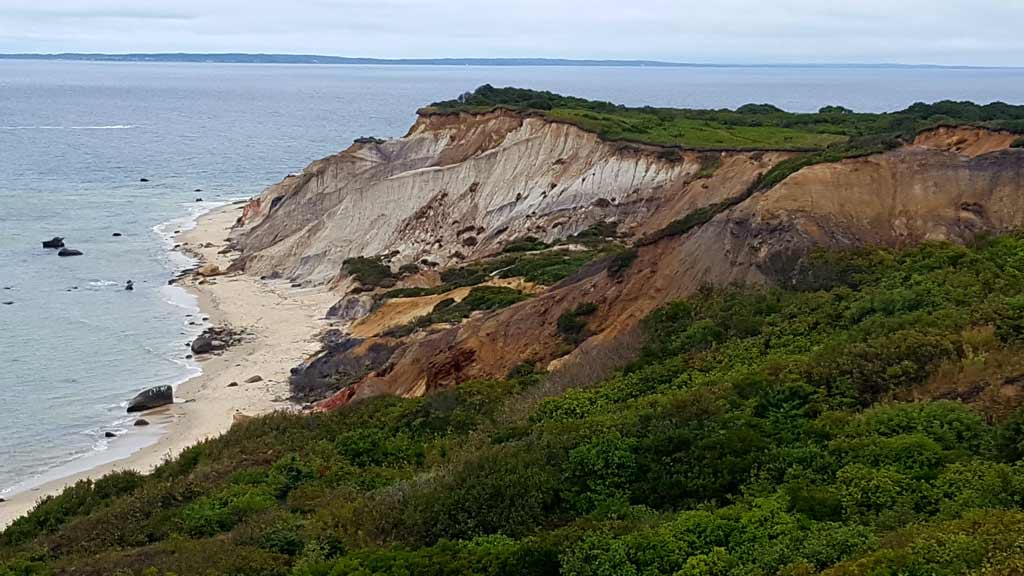
The island of Martha’s Vineyard boasts some of the most picturesque beaches in Massachusetts, making it a favorite destination for both tourists and locals alike. When it comes to sea glass hunting, Lucy Vincent Beach is a top choice.
This secluded beach is known for its rocky shoreline and crystal-clear waters, making it a prime spot for finding sea glass treasures.
Additionally, the beaches along the island’s south shore, such as South Beach and Katama Beach, are also worth exploring for sea glass enthusiasts.
Nantucket
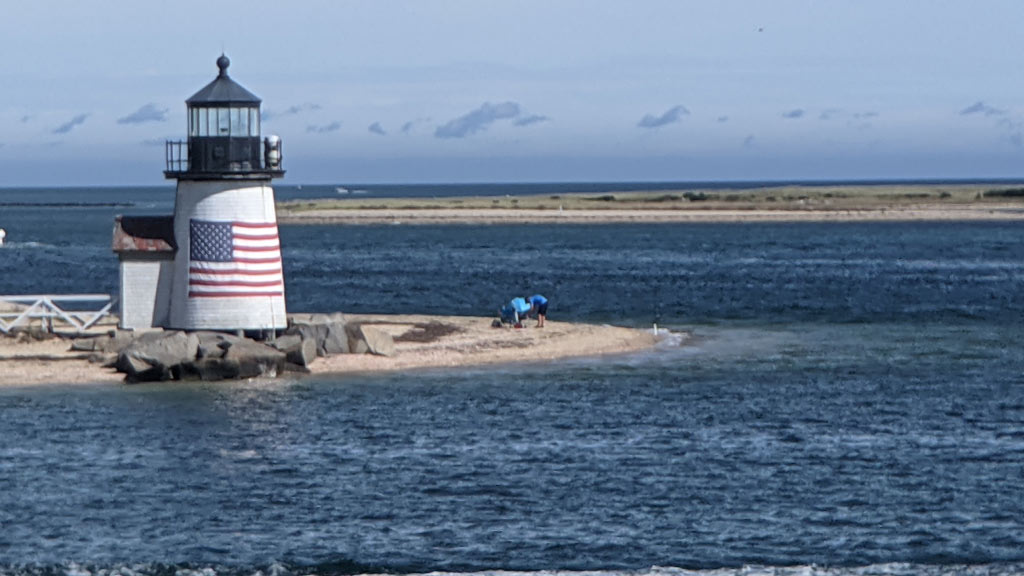
Nantucket, another picturesque island off the coast of Massachusetts, offers a tranquil setting for sea glass hunting. One of the best beaches on Nantucket for finding sea glass is Surfside Beach.
This expansive beach features a mix of sandy stretches and rocky areas, where sea glass often washes ashore with the tide. Additionally, Madequecham Beach and Dionis Beach are popular spots for collecting sea glass on the island.
North Shore
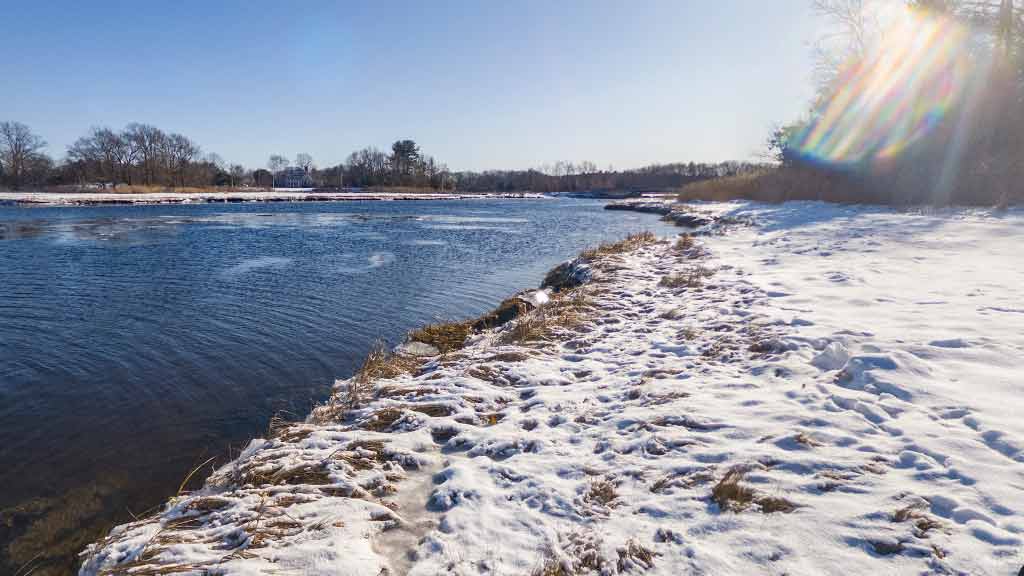
The North Shore of Massachusetts is dotted with charming coastal towns and rugged beaches, making it a hidden gem for sea glass hunters. One of the top spots on the North Shore is Plum Island, located off the coast of Newburyport.
Plum Island offers miles of sandy beaches and dunes, where sea glass can be found along the shoreline. Crane Beach in Ipswich is another notable destination for sea glass hunting, with its stunning views and plentiful finds.
South Shore
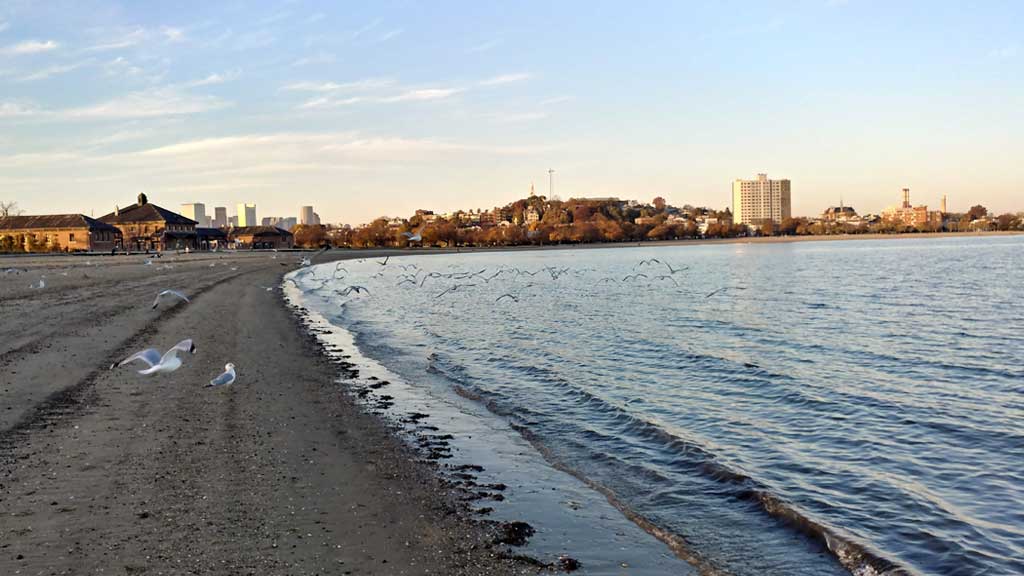
The South Shore of Massachusetts is home to some of the state’s most scenic beaches and rocky shores, providing ample opportunities for sea glass hunting.
Scusset Beach State Reservation in Sandwich is a popular spot for beachcombing, with its mix of sandy stretches and rocky areas.
Additionally, Duxbury Beach in Duxbury and Nantasket Beach in Hull are also known for their abundance of sea glass, particularly after a storm or high tide.
Cape Ann
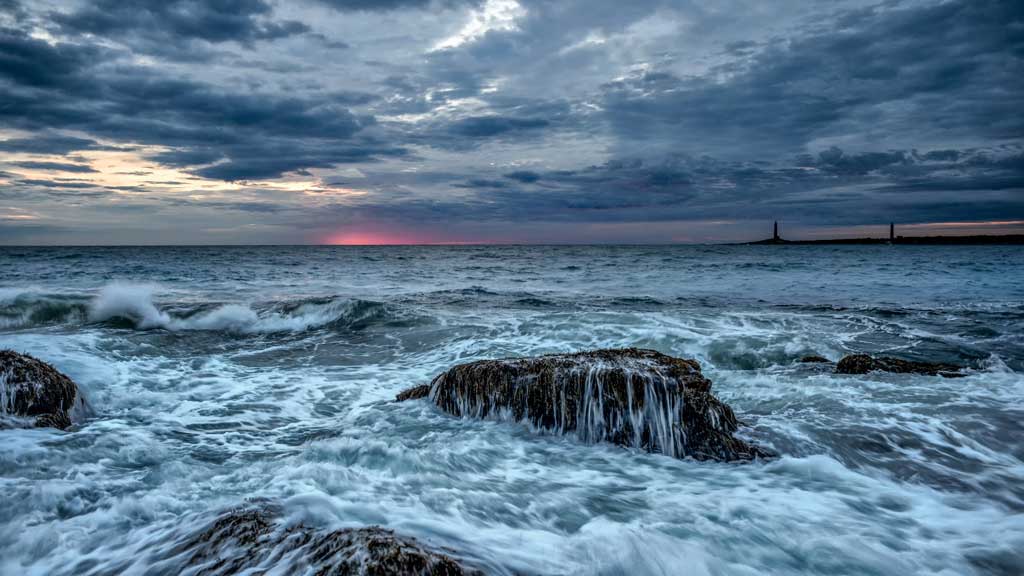
Cape Ann, located north of Boston, is a picturesque peninsula known for its rugged coastline and historic charm. Along the shores of Cape Ann, sea glass hunters will find plenty of hidden treasures waiting to be discovered.
Good Harbor Beach in Gloucester is a favorite destination for both locals and visitors, with its soft sands and rocky outcroppings. Wingaersheek Beach, also in Gloucester, is another prime spot for sea glass hunting, especially during low tide.
Boston Harbor Islands
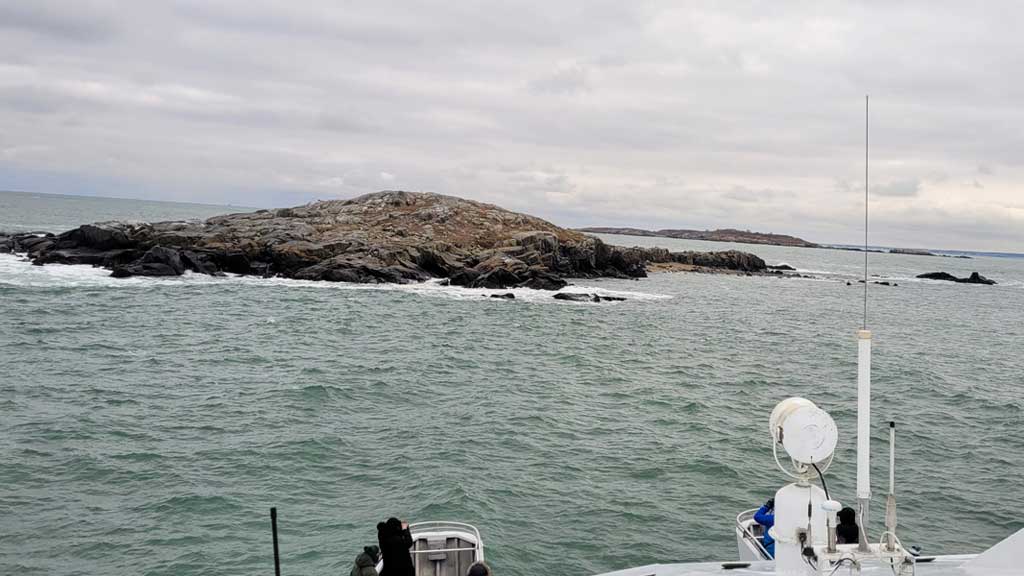
For those seeking a unique sea glass hunting experience, the Boston Harbor Islands offer a one-of-a-kind opportunity to explore historic sites and pristine beaches while searching for sea glass.
Spectacle Island and Georges Island are among the most popular islands for beachcombing, with their scenic vistas and intriguing finds. Keep an eye out for sea glass along the shorelines and tide lines of these captivating islands.
What Do I Need to Hunt Sea Glass Around Massachusetts?
Hunting for sea glass along the shores of Massachusetts can be a rewarding and enjoyable activity, offering the opportunity to discover beautiful treasures shaped by the ocean’s waves over time. Here’s what you need to know and bring for a successful sea glass hunting adventure:
Sturdy Footwear
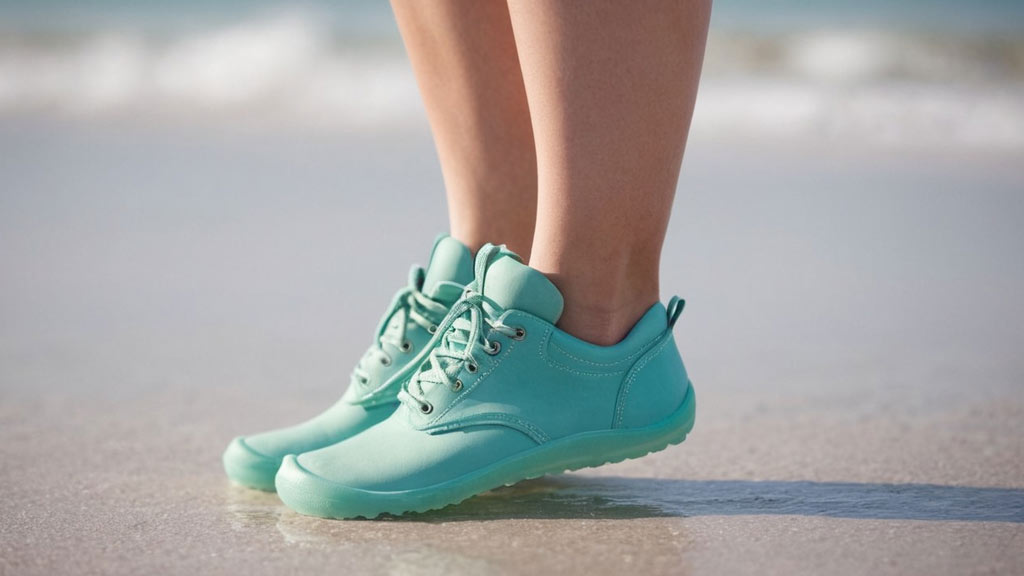
Wear comfortable shoes or sandals suitable for walking on uneven terrain, such as sandy beaches, rocky shores, or muddy flats. Protect your feet from sharp objects and rough surfaces to prevent injures while exploring.
Sun Protection
Bring sunscreen, sunglasses, and a wide-brimmed hat to shield yourself from the sun’s harmful rays. Even on overcast days, UV radiation can still cause sunburn, so it’s essential to protect your skin and eyes while spending time outdoors.
Water and Snacks
Stay hydrated and energized during your sea glass hunting excursion by bringing plenty of water and nutritious snacks. Pack a reusable water bottle and lightweight snacks such as trail mix, granola bars, or fresh fruit to keep you fueled throughout the day.
Sea Glass Identification Guide
Familiarize yourself with the characteristics and colors of sea glass to enhance your hunting experience.
Sea glass comes in various shapes, sizes, and colors, ranging from common shades like green, brown, and clear to rarer hues like cobalt blue, lavender, and red.
Bring a sea glass identification guide or reference book to help you identify and appreciate the different types of sea glass you find along the shore.
Beach Bag or Backpack
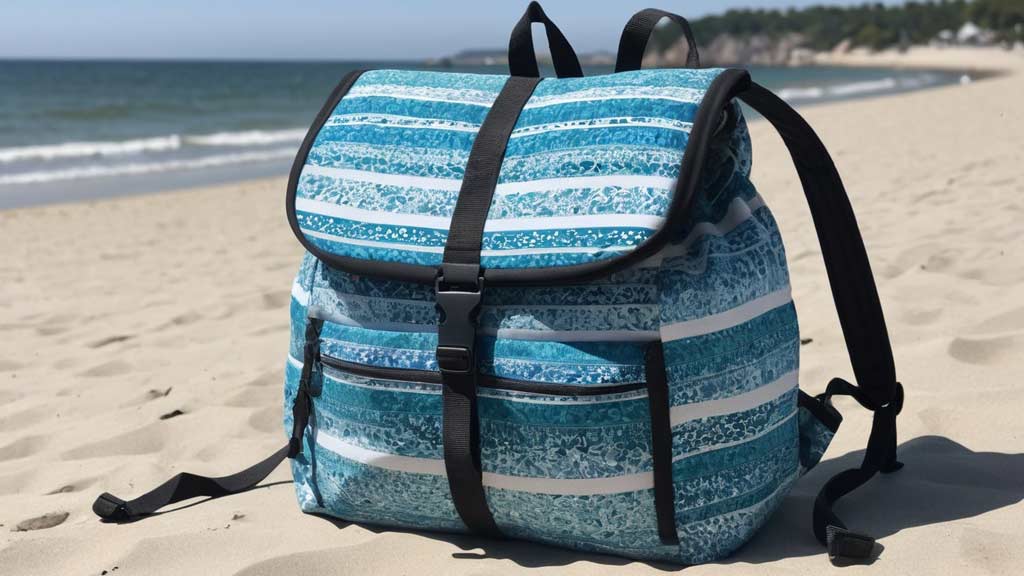
Carry your essentials in a durable beach bag or backpack with multiple compartments to keep your belongings organized and accessible. Choose a waterproof or water-resistant bag to protect your gear from sand, saltwater, and other elements.
Mesh Bag or Sifter
Use a mesh bag or sifter to sift through sand and debris and collect sea glass more efficiently. A mesh bag allows sand and water to drain away while retaining the sea glass and other treasures you find during your hunt.
Alternatively, you can make a DIY sifter using a wire mesh screen attached to a wooden frame or handle.
Scoop or Shovel
Bring a small scoop or shovel to dig through layers of sand and gravel and uncover buried sea glass hidden beneath the surface. Choose a lightweight and portable scoop with a sturdy handle for easy maneuverability and efficient digging.
Gloves
Wear protective gloves to shield your hands from sharp objects, rough surfaces, and abrasive sand while searching for sea glass.
Opt for lightweight gloves made of durable material that allows you to maintain dexterity and tactile sensitivity while handling glass and other items.
Watch for Hazards
Be mindful of potential hazards and safety risks while exploring beaches and coastal areas. Watch out for slippery rocks, sharp shells, jellyfish, and marine debris that could pose a danger to you and others.
Stay away from steep cliffs, unstable dunes, and areas prone to erosion or landslides to avoid accidents and injuries.
Check Tide Times
Check the tide times and tide charts before heading out for your sea glass hunting adventure.
Plan your visit during low tide or falling tide when more beach area is exposed, providing greater access to sea glass and other treasures washed ashore by the waves.
Be aware of incoming tides and rising water levels to avoid getting stranded or caught in dangerous currents.
Respect the Environment
Practice responsible beachcombing and leave no trace of your visit behind. Avoid disturbing wildlife, damaging fragile ecosystems, or removing natural resources from the beach.
Dispose of litter properly, including any trash or debris you encounter during your sea glass hunt, and leave the beach cleaner than you found it for others to enjoy.
Follow Local Regulations
Observe and follow any posted signs, rules, or regulations governing beach access and activities in the area. Respect private property rights and obtain permission from landowners before accessing restricted or privately-owned beaches.
Familiarize yourself with local laws and regulations regarding sea glass collecting and beachcombing to ensure compliance and avoid fines or penalties.
FAQs
What colors of sea glass can I expect to find in Massachusetts?
Along the Massachusetts coast, you can find a variety of sea glass colors, including classic hues like green, brown, and clear, as well as rarer finds such as blue, red, and even purple.
The colors you’ll encounter often depend on factors like the age of the glass, the source of the glass, and the beach’s history.
When is the best time to hunt for sea glass in Massachusetts?
The best time to hunt for sea glass in Massachusetts is typically after a storm or during low tide when new treasures are revealed along the shoreline.
Early morning or late afternoon tends to be less crowded, allowing for a more peaceful and productive sea glass hunting experience.
Are there any regulations or restrictions for collecting sea glass in Massachusetts?
While collecting sea glass is generally permissible on public beaches in Massachusetts, it’s essential to respect local regulations and guidelines. Some beaches may have restrictions on collecting natural resources or removing items from protected areas.
What tools or equipment do I need for sea glass hunting in Massachusetts?
Sea glass hunting in Massachusetts typically requires minimal equipment. A sturdy pair of shoes or sandals for navigating rocky terrain, a mesh bag or bucket for collecting your finds, and sunscreen are recommended. Some hunters also bring along a small rake or sifter to help uncover hidden gems.
How can I distinguish genuine sea glass from other beach debris?
Genuine sea glass often has a frosted or etched appearance, with smooth edges and a slightly worn surface from years of tumbling in the ocean. Unlike ordinary glass fragments, sea glass tends to have a weathered look and may exhibit unique shapes and patterns.
Conclusion
As the sun sets on our sea glass hunting adventure in Massachusetts, we’re left with memories of tranquil beachcombing moments and pockets filled with sparkling treasures from the sea.
Whether you’re a seasoned collector or a novice explorer, the shores of Massachusetts offer endless opportunities for discovery and wonder.
Remember to tread lightly and respect the natural beauty of these coastal habitats as you embark on your own sea glass hunting escapades.
Take in the salty breeze, listen to the rhythmic crash of the waves, and let the thrill of uncovering a coveted piece of sea glass fill you with joy.
As you bid farewell to the sandy shores and glistening waters, carry with you the magic of the ocean’s gifts and the timeless allure of sea glass—a reminder of nature’s artistry and the beauty that awaits those who venture to seek it.
Laura Chassaigne